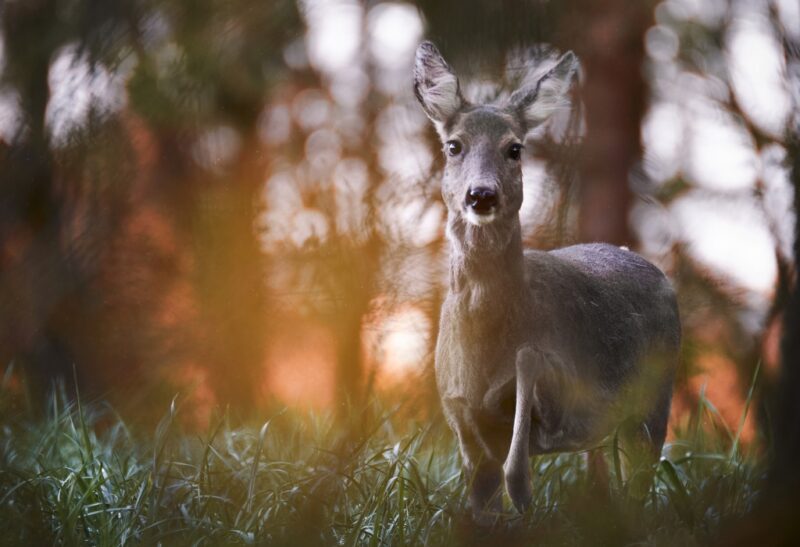Welcome to an informative and captivating discussion about deer pregnancy! This article will answer your burning questions and provide practical tips, personal experiences, and inspiration for understanding deer gestation.
Deer are pregnant for approximately 200 days, or about 6.5 months. This is the gestation period for most deer species, including whitetail deer.
In this article, you’ll learn how to identify pregnant deer, when they can get pregnant, and so much more. Let’s dive in!
Table of Contents
What Does a Pregnant Deer Look Like?
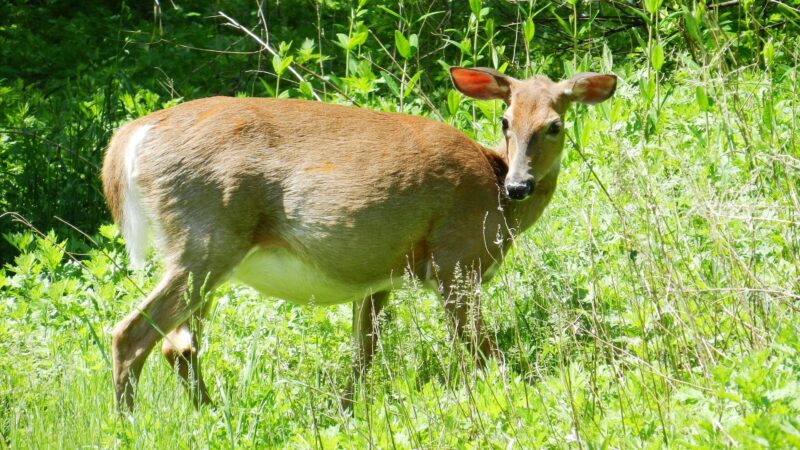
A pregnant deer will have a noticeably rounder and fuller belly as her pregnancy progresses. The swelling becomes more prominent as she nears the end of her gestation period. Additionally, her udders may become enlarged, and her overall behavior may change as she prepares for the birth of her fawn(s).
How to Tell if a Deer Is Pregnant?
Telling if a deer is pregnant can be challenging, especially in the early stages. However, here are some signs to look for:
- Swollen belly: As mentioned earlier, a pregnant deer’s belly will become rounder and fuller as she nears her due date.
- Enlarged udders: A pregnant deer’s udders may enlarge in preparation for nursing her fawns.
- Behavioral changes: Pregnant deer may become more secretive and avoid open areas to protect their unborn fawns.
When Can a Deer Get Pregnant?
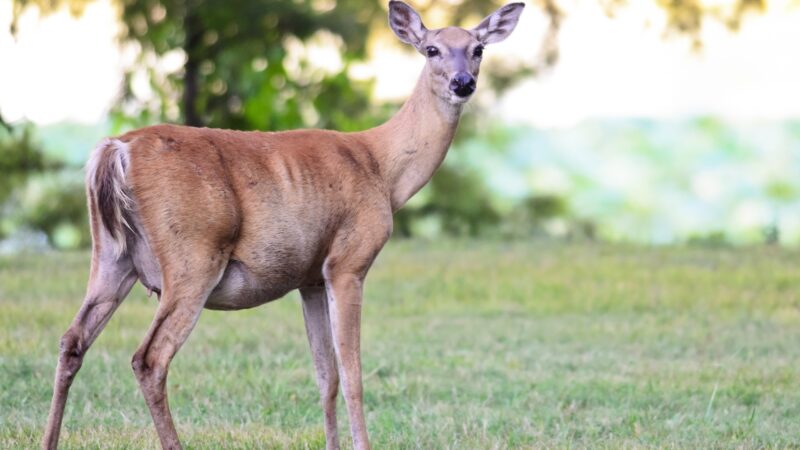
Deer can get pregnant during their breeding season, which usually falls between October and December in North America. This period, known as the “rut,” is when bucks become more aggressive and compete for the attention of receptive does.
Pregnant Deer Behavior
Pregnant deer often exhibit distinct behaviors as they prepare for the birth of their fawns:
- Increased seclusion: Pregnant deer seek out hidden, secure areas to give birth and protect their young.
- Nesting: As the due date approaches, a pregnant deer may create a nest in a secluded spot with plenty of cover.
- Decreased mobility: To conserve energy, pregnant deer may become less active and travel shorter distances.
Things to Know and Understand About Deer Gestation
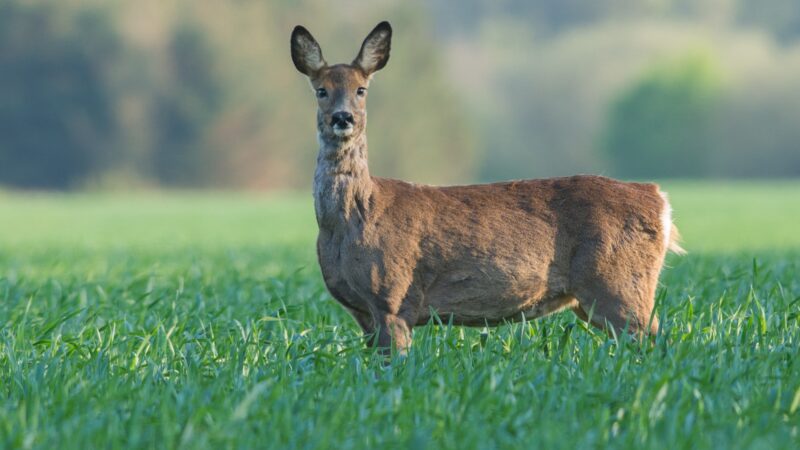
Deer gestation is a fascinating process. Here are some key points to consider:
- Deer have a gestation period of approximately 200 days.
- Fawns are born in late spring or early summer when food is abundant.
- Does usually give birth to one or two fawns, though triplets can occur.
- Fawns are born with spots that help camouflage them from predators.
How Long Are Whitetail Deer Pregnant?
Whitetail deer have a gestation period of about 200 days, similar to other deer species. This means that whitetail does will give birth around late May to early June, depending on when they were bred during the rut.
How Many Times Can a Deer Get Pregnant in a Year?
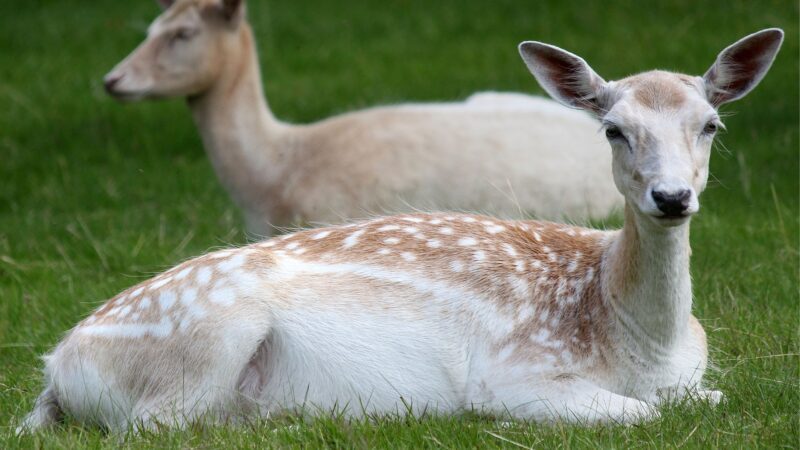
Deer typically breed once per year during their breeding season. However, if a doe does not conceive during her first estrous cycle, she may go into estrus again in a month or so, giving her another chance to become pregnant.
What Months Do Deer Give Birth?
Deer usually give birth in late spring or early summer (May to June in North America), coinciding with the availability of abundant food sources. This timing ensures that fawns have the best chance of survival and growth before winter sets in.
What Does a Deer Do Before Giving Birth?

Before giving birth, a deer will find a secluded, safe location with ample cover. She will create a nest by clearing a small area of ground and may become more secretive and less mobile to avoid drawing attention to her vulnerable state. In the days leading up to the birth, the doe may also distance herself from her usual herd to ensure the safety of her newborn fawn.
Related Questions
How Long Do Mother Deer Leave Their Babies?
Mother deer typically leave their babies, called fawns, alone for several hours a day. They do this to minimize the risk of attracting predators to the fawn’s location. While the mother is away, she will return periodically to nurse her fawn, typically every 3 to 4 hours.
How Many Baby Deer Are Born at Once?
Most commonly, deer give birth to one or two fawns at a time. However, it’s not unusual for a healthy doe to have triplets, especially if she has access to abundant food resources. The number of fawns born can be influenced by factors such as the doe’s age, health, and environmental conditions.
How Do Deer Find Their Babies?
Mother deer find their babies primarily through their sense of smell. Fawns have a unique scent that allows their mothers to recognize and locate them. Additionally, a fawn’s distinctive bleating call helps the mother locate her offspring when it’s time to nurse or move to a new location.
List of Sources
White-tailed Deer. State University of New York College of Environmental Science and Forestry.
Tung, Y., et al. (2020). One Female Deer Can Have Multiple Fetuses, How Many and Why Should We Care? University of Illinois at Urbana-Champaign.
Reproductive Seasonality in Deer. University of Wisconsin Madison.
